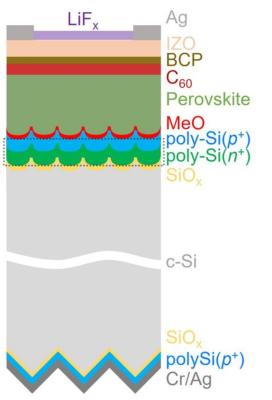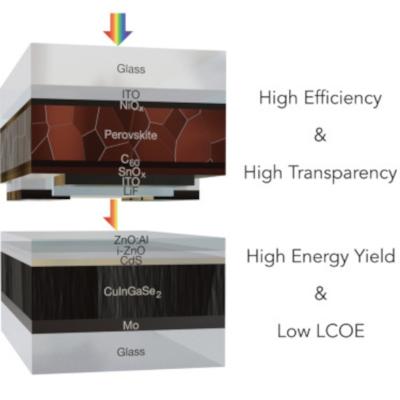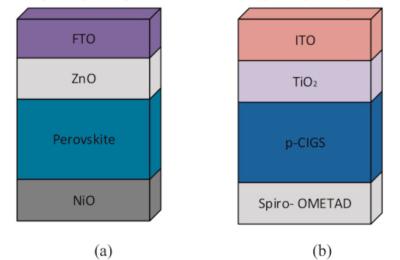Researchers develop tunnelling recombination layers for efficient tandem solar cells
Researchers at the Chinese Academy of Sciences (CAS), Peking University and Soochow University have developed a polycrystalline silicon tunnelling recombination layer for perovskite/tunnel oxide passivating contact (TOPCon) silicon tandem solar cells (TSCs), which has reportedly achieved excellent efficiency and high stability.
According to the team, previous efforts to increase device efficiency have mainly focused on improving the top sub-cell, leaving much room for improvement. The recombination layer, which serves as the electrical contact between the top and bottom sub-cells, plays a critical role in further efficiency progress. In this study, the researchers developed a polycrystalline silicon (poly-Si) tunnelling recombination layer that was incorporated into a perovskite/TOPCon silicon tandem cell. Through a two-step annealing strategy, the diffusion of boron and phosphorus dopants could be effectively restrained, granting the device excellent passivation and contact performance.





